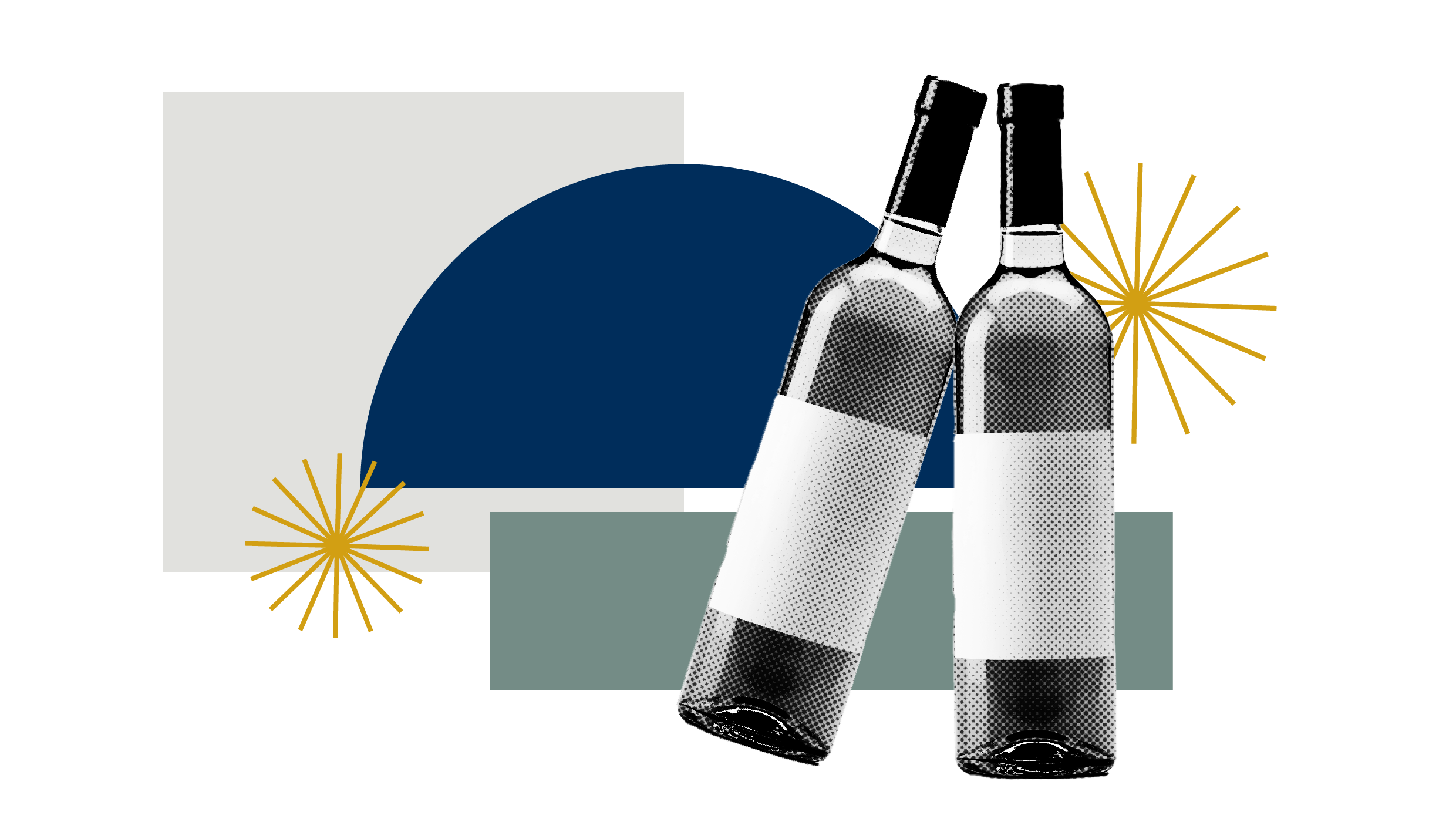The Art of Package Design
Standout packaging starts with understanding the best practices and unique opportunities available with three-dimensionally design.

As summer shifts to fall, end-of-year planning is rising to the top of meeting agendas—and with that seasonal shift, many businesses and brands are starting to consider year-end gifts and holiday shopping campaigns. While an excellent product should always be your highest priority, we as marketers know that eye-catching package design is the first impression you need to make a sale or make an impression.
From a design standpoint, the goal of any project is to be on brand and aesthetically pleasing, but given its three-dimensional nature, package design comes with its own set of best practices. Before beginning a new design, it’s critical to understand both your target demographic and your competition. Your approach should complement what your audience is looking for, which instills trust in prospective buyers, while balancing brand authenticity and standing out from your competitors.
Package design brings a unique opportunity to tell the story of your brand and your product with intentional choices in texture, printing techniques, and special touches that will grab the attention of consumers.
It’s also key to consider how your packaging works as it goes from a 2D design to the 3D finished package. Although you can have multiple sides to your design, your key information and selling points should be included on the principal display panel—which is the portion of the package design that is always facing forward. You then have to consider how all the panel work together with special consideration for the intuitive way consumers read and interact with labels and products. That’s why it’s important to work with experts who can help you physically test out and refine a mockup before finalizing the design.
Insights by Fig Industries
Join our mailing list and receive monthly insights from Fig Industries to help push your brand to new heights.


